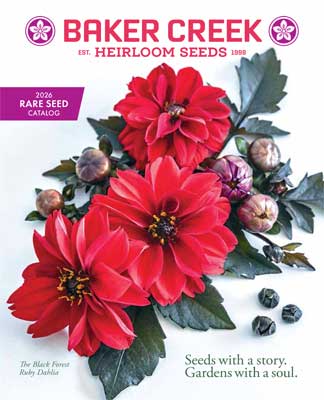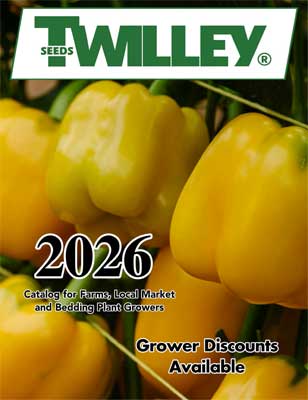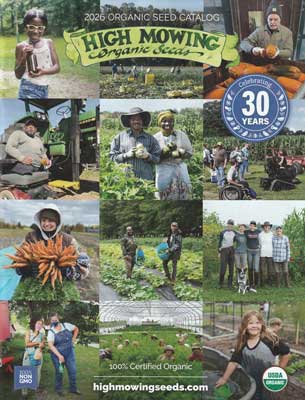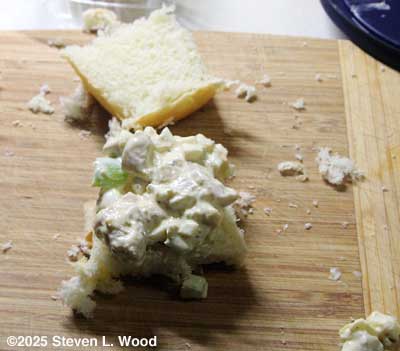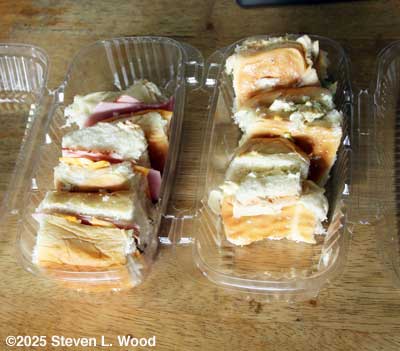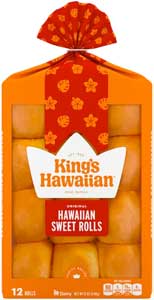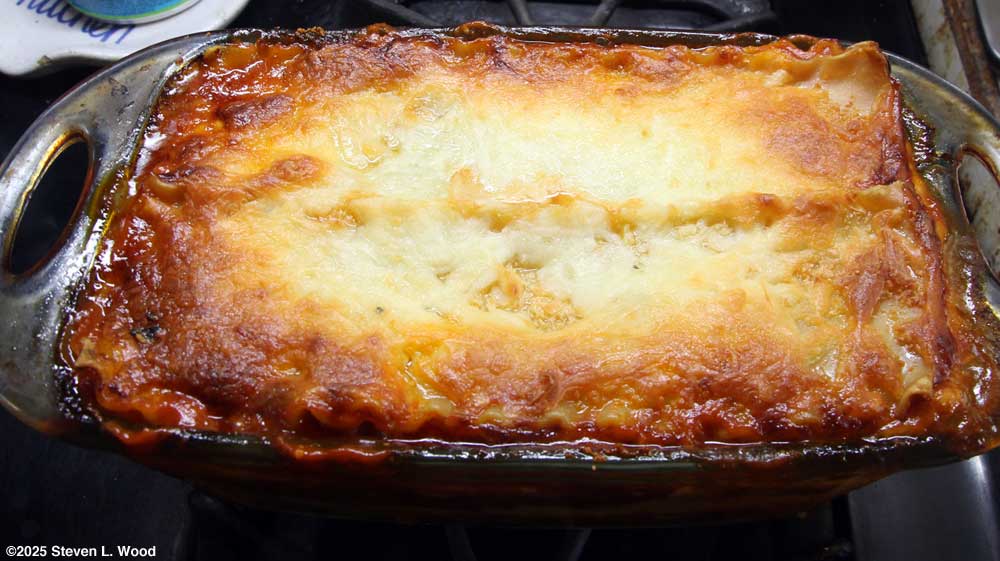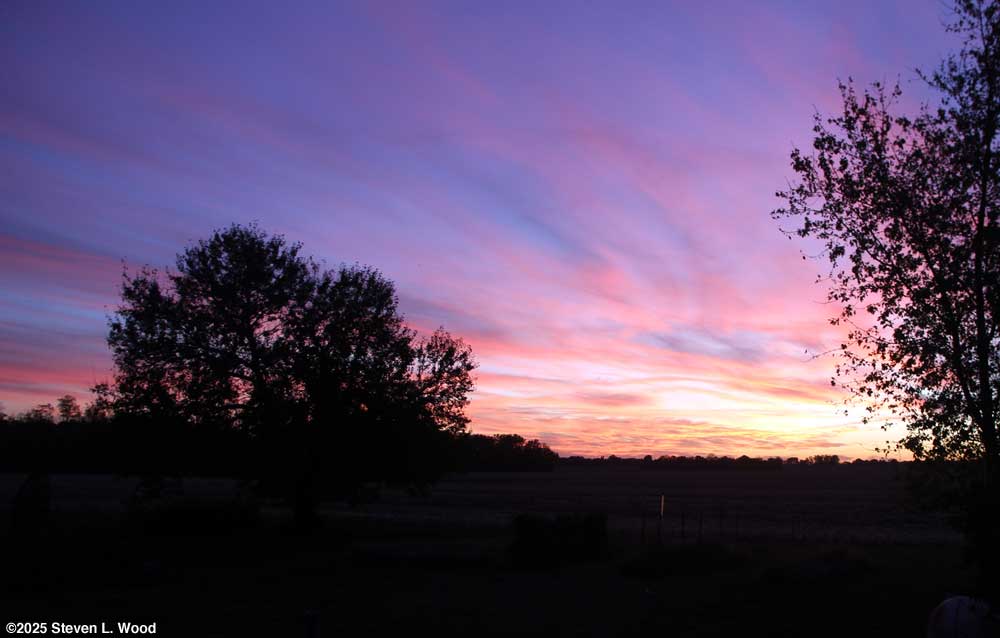One of the Joys of Maturity |
|
| Affiliated Advertisers |
The Old Guy's Garden Record
Clicking through one of our banner ads or some of our text links and making a purchase will produce a small commission for us from the sale.
We have more snow coming this afternoon. While Saturday's inch of snow melted off pretty quickly, the new snow will probably hang around for awhile, as temperatures are supposed to stay around freezing. I was pleased to see another gloxinia had come into bloom...this time with red blooms. On closer inspection, I saw that the plant was in a six inch pot, marking it as one of our older gloxinias with a large corm that requires a pot larger than four inches. It usually takes three years for our gloxinia plants to get to that stage.
|
|
About our only gardening success this month was a bunch of young gloxinias bursting into bloom. The large flock of turkeys that appeared in our back yard a few days ago haven't returned. I haven't gotten much garden cleanup done this month. I hope to get it done on the few nice weather days we'll certainly have off and on in the next two months. I especially need to clear our two asparagus patches of stalks to prevent bug and disease carryover. Another upcoming job is inventorying all the seed we have in frozen storage. That has to be done before I begin placing seed orders for next season. Thursday, November 27, 2025 - Thanksgiving Day (U.S.) Rejoice evermore. 1 Thessalonians 5:16-18 Happy Thanksgiving I’m working on brining a three pound turkey breast. I also checked Terre Haute restaurants that will be open on Thanksgiving in case the brining doesn’t work out. I followed a Google recipe for the brine. Tuesday, November 25, 2025 - Turkeys Possibly appropriate for the season, we had a flock of around twenty wild turkeys show up in our back yard this morning. Monday, November 24, 2025 - More Seed Catalogs
Two more useful seed catalogs arrived in today's mail. We've successfully done business with both Baker Creek Heirloom Seeds and Twilley Seeds for years. In my farming years, I ordered huge packages of the then new sh2 supersweet sweet corn seed from Twilley. The new garden seed catalogs moved me today to clear out lots and lots of catalogs from previous years..
Our start of the tall Champion of England pea variety came from Seed Savers. But that was well over ten years ago. We've successfully saved lots of Champion of England seed since then. It, along with the Maxigolt variety, are our two favorite early pea varieties. While both varieties are quite productive and germinate well in cold ground, they present a challenge. Both grow to four to six feet tall. We grow ours between a five foot tall double trellis. The double part is to protect the vines from the strong winds we experience here. We received a very welcome almost inch of rain in the last twenty-four hours. Last Thursday's Drought Monitor release showed our county still in the "Abnormally Dry" classification. And our Weather Underground Extended Forecasts calls for a bit more rain towards the end of the week.
We've bought a variety of good seed from HMOS over the years. One that stands out is from 2018-2019. I'd ordered some Crimson Sprinter seed from a respected member of the Seed Savers Exchange. It turned out that the seed carried Anthracnos! It killed the two Sprinters I had out in 2018 plus a nearby hill of watermelon. Older and wiser, I got a packet of the deep red tomato seed the next year from HMOS. We've been growing it successfully every year since, except for this year when bad weather prevented planting. Purple Gloxinias It seems that all of our rather new, probably first year, gloxinias are blooming purple. I don't know if purple blooms are dominant or that is just the way it turned out. With open pollinated saved seed, you take what you can get. Thursday, November 13, 2025 - Mini-Sandwiches
But…we now make our own mini-sandwiches using King’s Hawaiian Sweet Rolls, thin sliced deli ham, and our own homemade chicken salad. Annie likes my chicken salad a little better than Baeslers. While the grocery's deli gets five sandwiches in a container, I can only fit four of them in. I guess that I'm filling the rolls with a bit more goodie than the store. Supper
The sweet rolls are on sale this week for four bucks, a dollar cheaper than usual...at either our local grocery or Walmart. Commentary While waiting for the weather to shape up, I'm not getting any gardening done. Also, the national news has been crazy for a week or more. The folks running our country need to settle down and take care of their citizens' needs such as Head Start, Snap, and pay for federal workers. So instead of writing some really political stuff here, you get my cooking adventures. Tuesday, November 11, 2025 - Veterans Day (U.S.)
The catalog cover and images inside are attractive. I started browsing through the alphabetically arranged varieties. I only made it to "Beans," as I got bored. I prefer looking through a paper catalog. Paper catalogs should begin arriving this month through sometime in January. After a couple of freezing mornings, we have some well and truly dead tomato plants. When the weather warms up a bit, I'll pull the tomato cages and store them while composting the plants. I'm getting overrun with young gloxinias coming into bloom. It's a good problem to have. But the bloomers are mostly first year plants. They typically go through only one blooming cycle before devoting their energies into developing their corms. I have at least one older plant in our sunroom with a large corm that should produce blooms over and over.
And with our season's crazy weather this year, the Weather Underground is predicting highs in the low 70s for Friday and Saturday! With this first frost/snow, it will be time to clean up a raised bed for planting garlic. I'm doing this posting just before midnight. As predicted, we've reached freezing temperatures. It's 29°F now and supposed to get down to 24 by morning. That should do in our tomato plants. I picked six orangish tomatoes today and put them in a box with an apple to help ripening. I also put away the picking bucket I’d been using, as our growing season ends today and tomorrow morning. It was spitting snow mid-afternoon. I also brought in six nice butternut squash from the garage curing table. The rest of the squash got boxed up to go to our local food bank. While we've had some close calls lately of a first frost, it appears that the real deal is coming early next week. The Weather Underground's Extended Forecast now calls for morning lows Monday and Tuesday of 24°F. That should do it for this growing season. One batch of the butternut squash I started germination testing on Saturday was ready to "read" today. I'd mistakenly dropped eleven seeds into the test, ten of which germinated. A germination rate of 91% ain't too shaggy. The seed was from the Waltham Butternut looking squash. A separate test of seed from a South Anna Butternut looking squash is lagging a bit behind in germination and is still over a soil heating mat. Some of the Moira tomato seed I started several days earlier has just barely begun to germinate. I bumped the thermostat for the soil heating mat the seed is over from 72 to 75 to 76 degrees. It appears that our saved Moira seed this year may all be a bust. Fortunately, we have good saved seed from past years in the freezer. Following our practice for years, after we had a spaghetti night, I used the remaining sauce to make lasagna. Since there's just the two of us here now, I make our lasagna in a glass bread pan. It's wide enough for two lasagna noodles across its narrow dimension. I do have to trim an inch or two off the ends of the noodles. Our lasagna is three layers deep with a bottom layer of cottage cheese mixed with egg and cheese. The remaining layers are spaghetti sauce and lots and lots of cheese. Since my wife had an outing the day after I made the lasagna, it got to sit in the fridge an extra day. I've always thought re-heated lasagna tasted better than fresh lasagna. We had a lovely evening sky Wednesday night. That may make up for heavy cloud cover obscuring this month's supermoon. I ran across a Facebook ad featuring Johnny's Selected Seeds' 2026 seed catalog. When I tried to download the digital catalog, the link was bad. While we rely on Johnny's for great carrot, lettuce, and other seed, their web site coders need to learn to check their work. I also tried to order some paper seed envelopes for the Territorial Seed Company. Their website ordering was similarly f*cked up. I really grow tired of poorly executed web sites and newspapers and web sites with gross misspellings and wrong word use. Having worked as a copy editor in college, such mistakes are hard to take. Have the newspapers and web sites killed off all their copy editors. And do the writers not know how to use spell check and an online reader? Boy, do I sound like a grumpy old retired school teacher? Up to 50% Off Select Toys, Beds & More
Cutting up two huge butternuts gave me a lot of butternut flesh to use. Rather than our favorite Butternut Mock Yams recipe, I decided to try Natalie Perry's Simple Roasted Butternut Squash Soup recipe. My wife really liked the soup. I found it to be just so-so at first, but its flavor grew on me. Roasting butternuts is said to bring out their sweetness. After a disappointing experience with food bank workers in April...and with our lousy garden this year, I hadn't donated anything more to the food bank this season. But with the current government shutdown ending SNAP, WIC and other benefits, I began making a list of things to buy to contribute to our local food bank. They'll get a few butternut squash, of course, but I plan to purchase Mac & Cheese (the kind that doesn't require milk), oatmeal, and some fruit cups. They'll also probably get a bunch of leftover Halloween candy.
Contact Steve Wood, the at Senior Gardening |
| Affiliated Advertisers |
©2024 Senior-Gardening.com


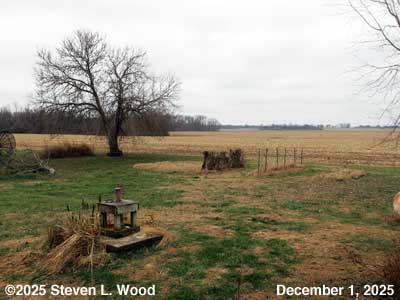




 We've pretty well finished the leftovers of our small Thanksgiving feast. The brined turkey was delicious, although leftover chunks of turkey made into turkey salad weren't quite as tasty as our usual chicken salad.
We've pretty well finished the leftovers of our small Thanksgiving feast. The brined turkey was delicious, although leftover chunks of turkey made into turkey salad weren't quite as tasty as our usual chicken salad.



